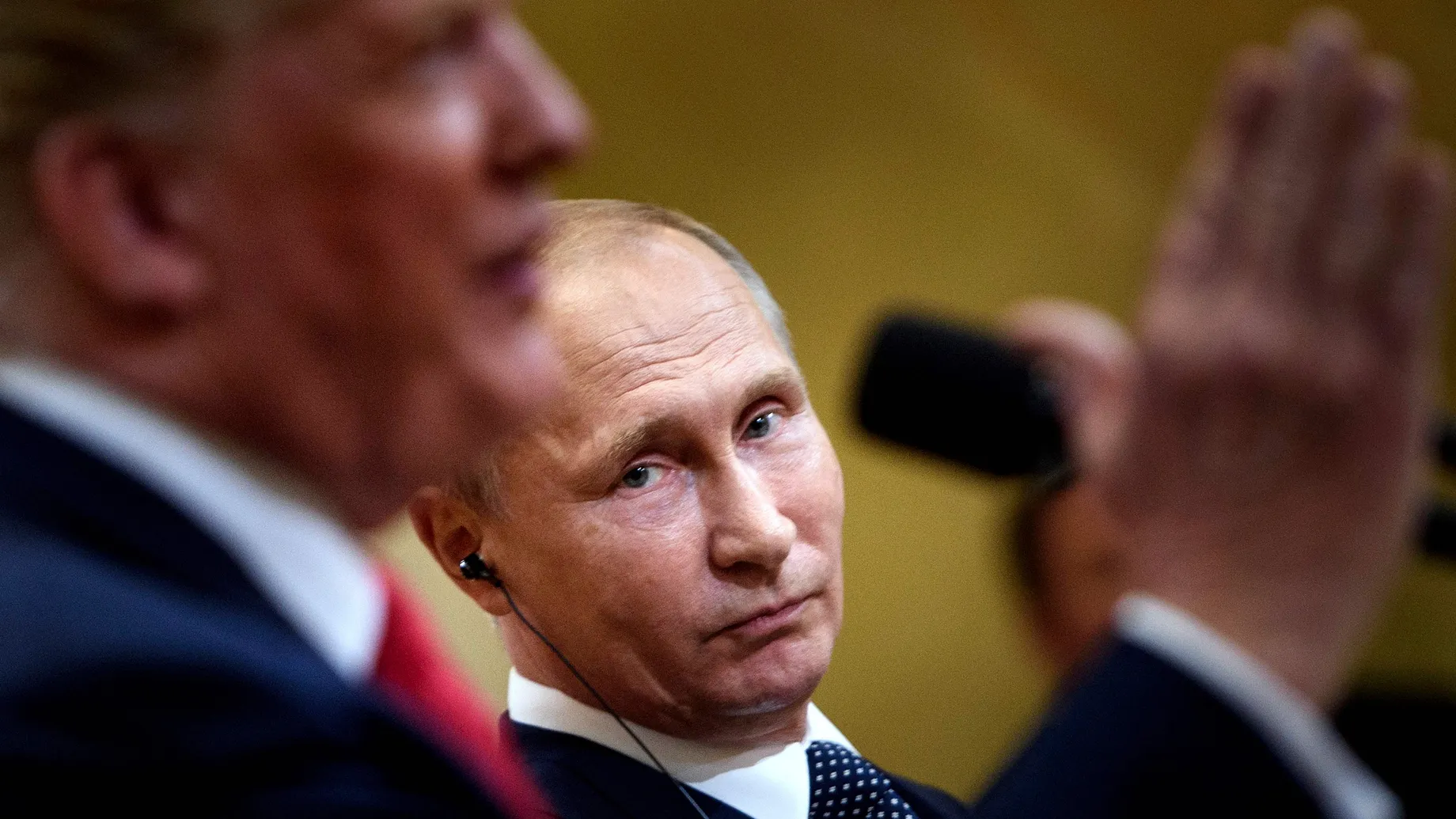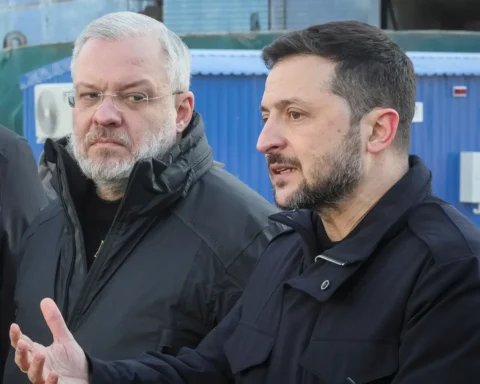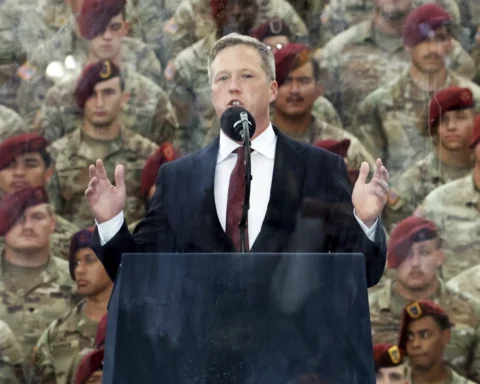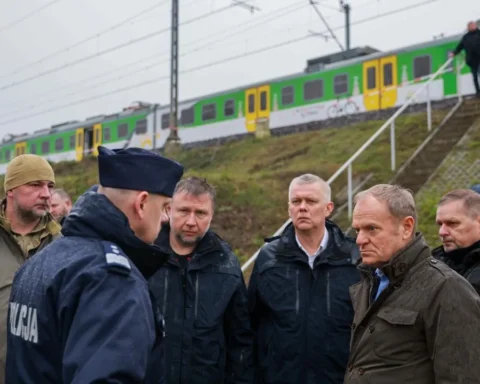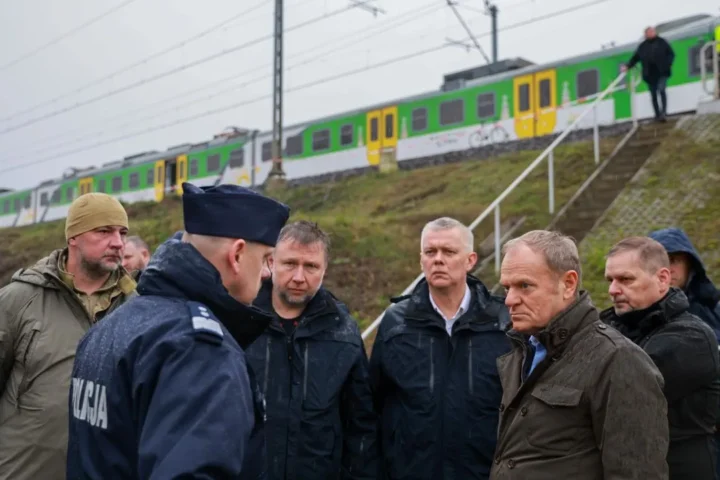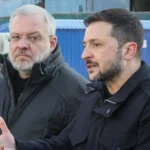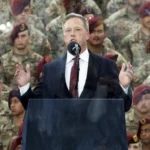U.S. President Donald Trump is once again at the center of global politics. This time, he’s launching an initiative that promises bold headlines and potentially serious consequences: he plans to meet personally with Vladimir Putin first, and then with Volodymyr Zelensky, to bring the war in Ukraine to an end. According to The New York Times, which cited sources familiar with the plan, Trump announced his intention to hold a one-on-one meeting with the Russian president, followed by a three-way summit including the Ukrainian leader. He reportedly made this statement during a phone call that included not only Zelensky but also UK Prime Minister Keir Starmer, German Chancellor Friedrich Merz, and NATO Secretary General Mark Rutte.
The announcement has caused a stir: once again, Trump proposes to resolve a major international crisis through a personal “deal,” as if the Ukraine war were a dispute between real estate moguls. His style remains unchanged—grand gestures, dramatic visuals, and an aura of exclusivity. But the key question is: who actually benefits from this initiative?
“Major Progress,” According to Trump
Trump’s spokesperson Karoline Leavitt confirmed the report, emphasizing that “the Russians have expressed a desire” to meet with Trump. Later, Trump declined to name a possible meeting location but reiterated that “there is a very good chance we will meet.” His unofficial foreign minister, Republican Senator Marco Rubio, was more cautious. No date has been set, he said, and everything depends on “how much progress both sides are willing to make.”
The news came amid a wave of contradictory signals. Just a day earlier, Trump’s personal envoy for peace missions, Steve Witkoff, had arrived in Moscow for the fifth time. His meeting with Putin lasted around three hours. As usual, Witkoff gave no details about the conversation. Kremlin foreign policy advisor Yury Ushakov described the meeting as “useful and constructive.”
Trump, of course, was far more enthusiastic. On his platform Truth Social, he claimed that Witkoff had a “tremendously productive meeting” with Putin and that “major progress” had been achieved. He added that he had “briefed some of our European allies” about it—referring to the call with Starmer, Merz, and NATO’s Rutte, during which he outlined his summit plans.
Trump Enforces Biden’s Order While Criticizing Russia
Ironically, while Witkoff was sitting down with Putin, the White House issued an executive order under the title “Combating the Threats to the United States Posed by the Government of the Russian Federation.” In it, Trump stated that Russia’s actions “pose an unusual and extraordinary threat to the national security and foreign policy of the United States.”
What’s more, the order cited a 2022 directive from Trump’s political nemesis Joe Biden, which declared a national emergency in response to Russia’s invasion of Ukraine. Despite his disdain for Biden, Trump formally acknowledged that this state of emergency remains in effect. Using this justification, he imposed 25% tariffs—ironically not on Russia, but on India, a Russian partner, which appears to have been the real target of the executive order.
So what defines Trump’s current stance on Russia? The “major progress” allegedly achieved by his envoy in talks with Putin—or the “extraordinary threat” posed by Russia’s policies?
Doubts and Cautious Optimism
According to political scientist Sam Greene from the Russia Institute at King’s College London, Wednesday was “not a good day” for Ukraine. In a post on X, Greene warned that Trump’s move to impose a deal “without European involvement” would allow Putin to feign goodwill and give Trump an excuse to step away from “largely empty sanctions threats.”
Still, Trump has his supporters. Republican Party spokeswoman Amanda Makki told the BBC that Trump’s initiative “injects momentum” into a stalled situation and represents a “great opportunity.”
Even Ukrainian President Volodymyr Zelensky showed measured optimism. “It looks like pressure on Russia is working,” he said on Wednesday, but also warned of the risk of being deceived by Putin again.
Where Could a Summit Be Held?
A key logistical question remains: where could such a summit realistically take place? Since 2023, an arrest warrant from the International Criminal Court has been in effect against Vladimir Putin, which means that most European countries are automatically ruled out. That leaves the U.S., Russia, or nations in the Middle East or Asia as possible hosts.
Trump likely envisions a summit similar to his meetings with North Korean dictator Kim Jong Un in 2018 and 2019—neutral ground, dramatic flags, symbolic gestures, and strong visuals. He has demonstrated repeatedly that he can turn diplomatic meetings into political spectacles. Whether he can achieve real breakthroughs remains to be seen.
According to Der Spiegel, Trump’s initiative is both an attempt to reassert his influence over international affairs and a continuation of his signature diplomatic style: personal contact, maximum theatrics, minimal formalities. Whether this “peace summit” becomes just another campaign spectacle or genuinely impacts the course of the war is still uncertain. But one thing is clear—Trump wants to be the director of the next act in the world’s drama.
This article was prepared based on materials published by Der Spiegel. The author does not claim authorship of the original text but presents their interpretation of the content for informational purposes.
The original article can be found at the following link: Der Spiegel.
All rights to the original text belong to Der Spiegel.


